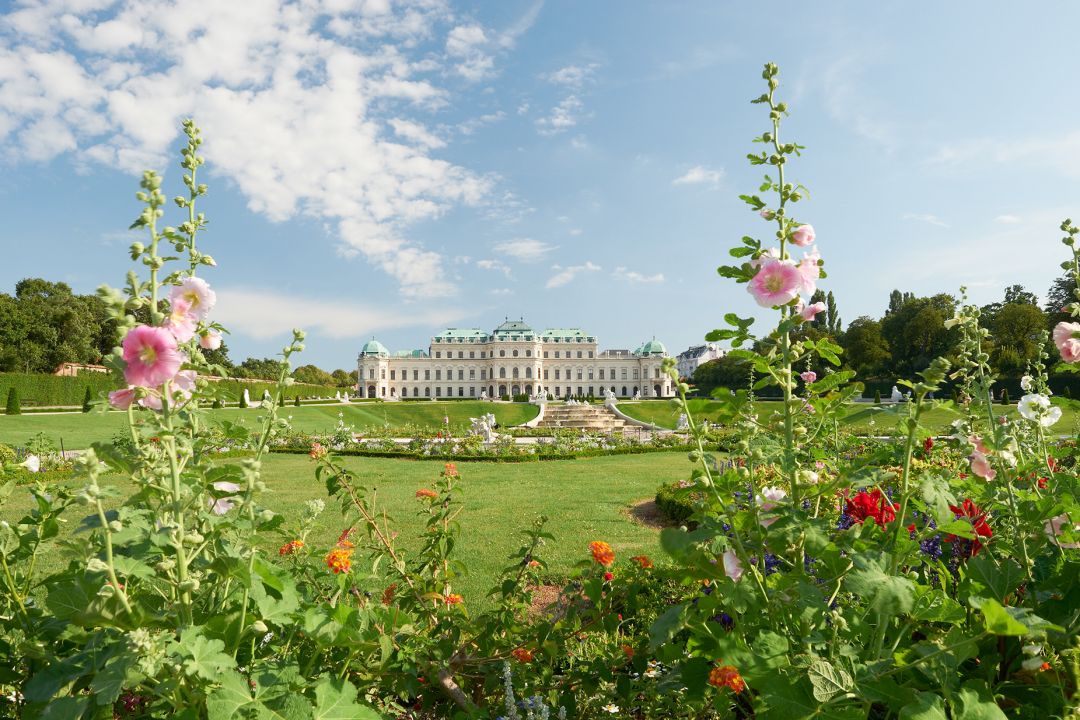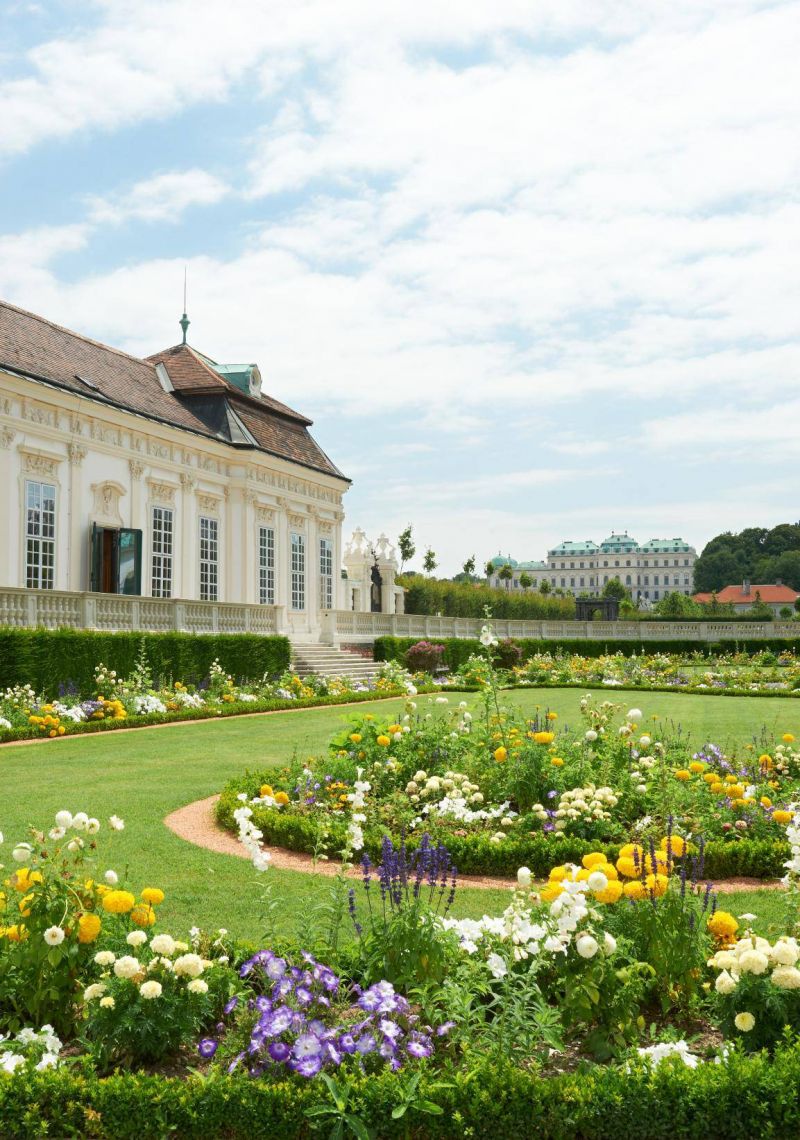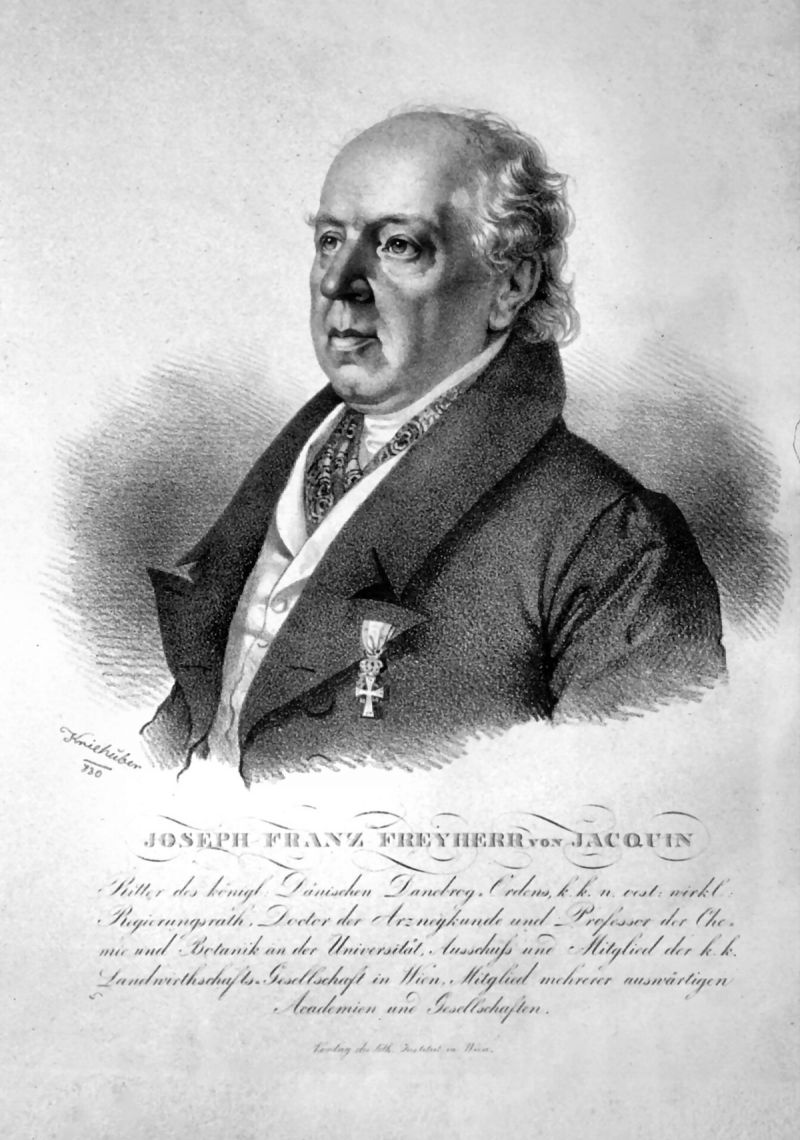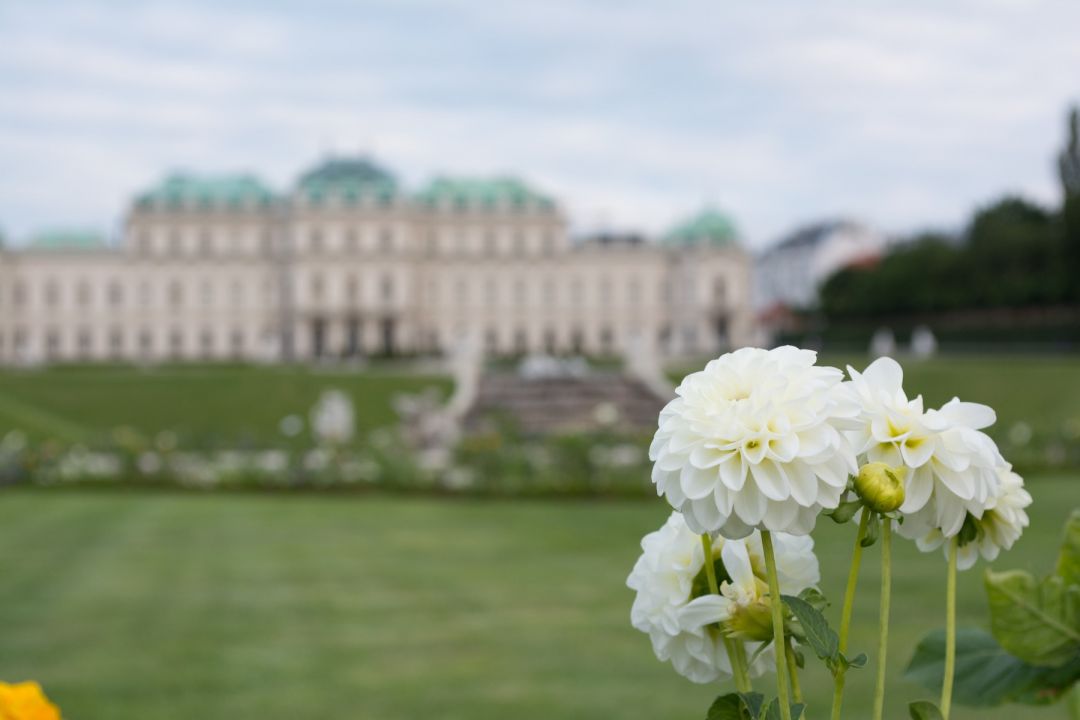JOIN the AFICIONADOS
Get the insider news and lowdown on what we've been up to, where we've been, and who we've met along the way. Be the first to discover new places and get the scoop on our favourites.
Attached to the University of Vienna, this intelligently designed botanical garden stretches the boundaries of what we consider a garden, with areas created to activate the senses, heighten our awareness of what plants are capable of and provide a place for artistic engagement among its tropical houses, bamboo forests, succulent sections and historic water basins.
From the home of Freud, Mozart and some of the world’s best cake, I guess we shouldn’t be surprised by Vienna’s attitude to horticulture either – this botanical garden is one to take seriously, learn from and enjoy for its brain-fulfilling elucidation.
Founded in 1754 by Empress Maria Theresa, the botanical garden was created like many at this time - to supply students with medicinal plants to study botany. Greenhouses were built to house the exotic seeds that began the collection of species at the botanic garden, which by 1840 numbered 8,186. The garden grew, adding greenhouses and experimental areas and finally a wooden pavilion was constructed in 2019 – the ‘Botanicum’ a place for learning and dedicated ‘green school’ for budding botanists.
As a visitor though, you’re likely to connect with the botanical garden through a series of wonderfully interactive features, which allow an understanding of nature to shine through on explorative wanders. The bamboo footbridge is one such example – an innovative architectural feat allows you to walk through an ancient bamboo grove, on a bridge designed to cut to the heart of the forest, without damaging any of the sea green leaf bamboo, first brought to the botanical garden in 1893.
A connection between music and nature was formed when musician Richard Eigner made plant life audible. Using sound installations, visitors hear how plant processes sound in the imagination of the artists, heard via visitors’ own smartphones.
Many of us will simply relish in the pleasure of a walk in this historical green space. Wooded areas reveal the Mozart plane tree and the Jacquin ginkgo while the Pannonian area features rock steppes and grassland growing with eastern Austrian species. The oldest area, the medicinal garden, is replete with poisonous plants and the sultry tropical house is home to orchids, cacti and carnivorous plants. Wherever you go, you’ll leave richer in your knowledge of the natural world.



